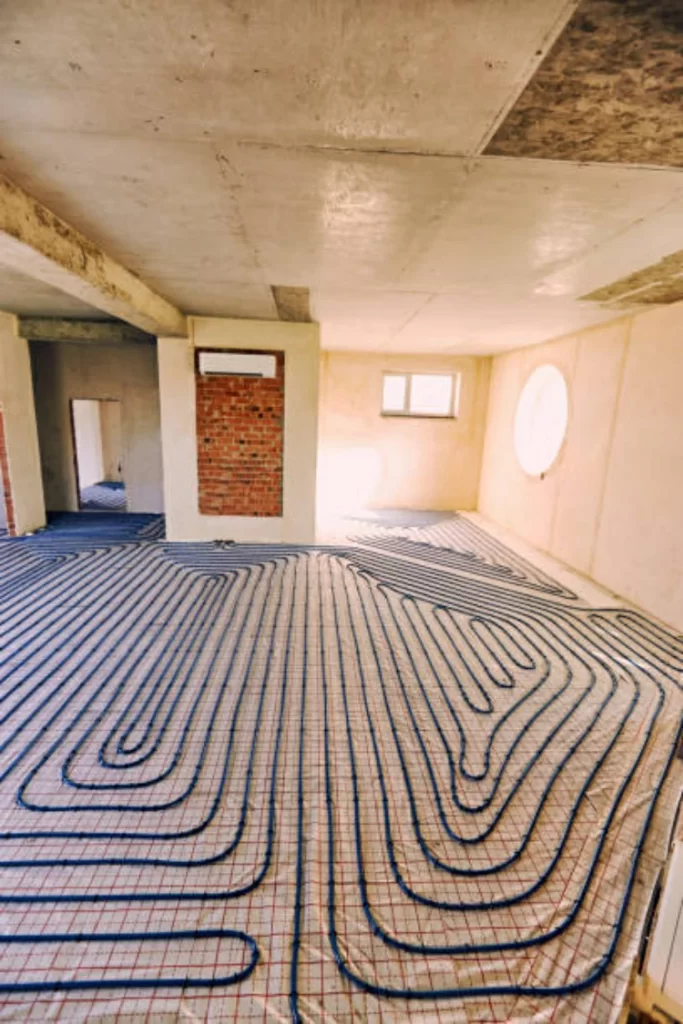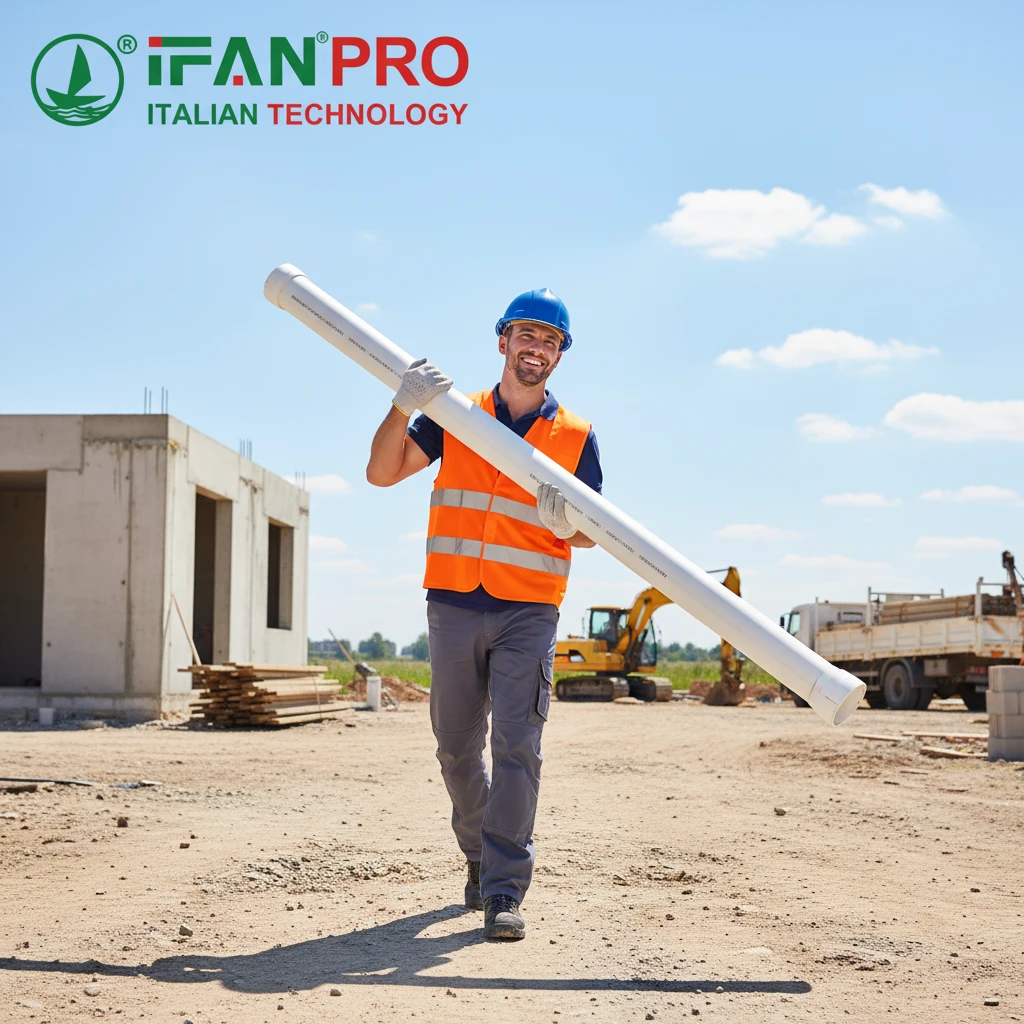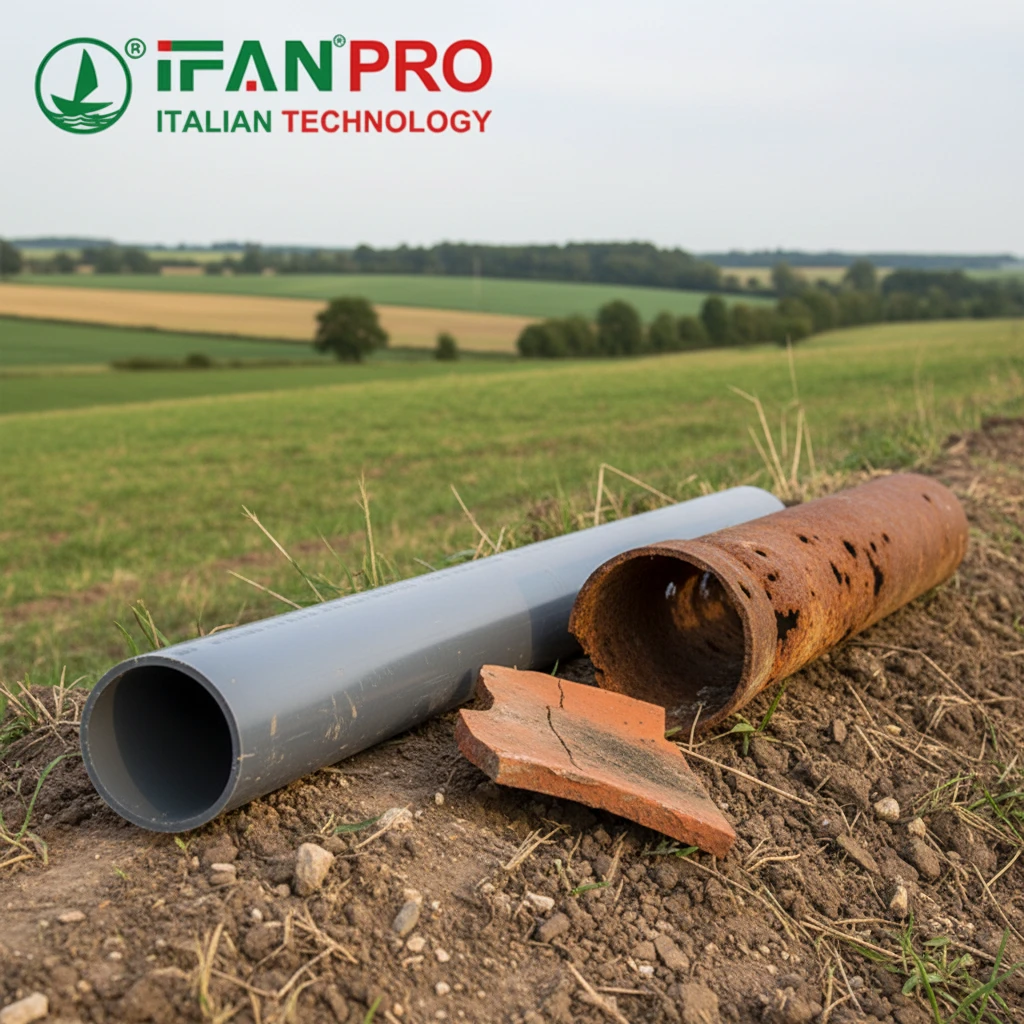PEX pipe, commonly used in plumbing systems, come in various types, with PEX-a, PEX-b, and PEX-c being the most common variants. Each type has its unique characteristics, making them suitable for different applications. Understanding the differences between these types is crucial for selecting the right PEX pipe for your project.
PEX-a Pipes: Enhanced Crosslinking
1. Enhanced Crosslinking: PEX-a pipe are manufactured using the Engel method, which involves crosslinking polyethylene molecules using peroxide. This method results in a more uniform and consistent crosslinking throughout the pipe’s structure.
2. Flexibility: PEX-a pipe are known for their exceptional flexibility, even at lower temperatures. This flexibility allows for easier installation, especially in tight spaces or around corners, reducing the need for fittings and connectors.
3. Resistance to Freezing: Due to their superior flexibility, PEX-a pipe have better resistance to freezing and thawing cycles compared to other types. This makes them suitable for use in colder climates or for outdoor applications where temperature fluctuations are common.
4. Expansion and Contraction: PEX-a pipe have a higher rate of expansion and contraction compared to PEX-b and PEX-c pipes. This property allows them to absorb the stress caused by temperature changes without causing damage to the pipe or fittings.
PEX-b Pipes: Silane Crosslinking
1. Silane Crosslinking: Manufacturers produce PEX-b pipes through the silane method, which entails crosslinking polyethylene molecules using a silane compound. This process yields crosslinking that is less uniform compared to PEX-a pipes.
2. Rigidity: PEX-b pipes tend to be slightly more rigid than PEX-a pipes, making them less flexible during installation. However, they still offer sufficient flexibility for most plumbing applications.
3. Cost-Effectiveness: PEX-b pipe are often more cost-effective than PEX-a pipe, making them a popular choice for budget-conscious projects without compromising on quality and performance.
4. Resistance to Chemicals: PEX-b pipe exhibit good resistance to chemicals, making them suitable for various plumbing applications where exposure to corrosive substances is a concern.
PEX-c Pipes: Electron Beam Crosslinking
1. Electron Beam Crosslinking: Manufacturers produce PEX-c pipes using the electron beam method, exposing polyethylene molecules to high-energy electron beams to induce crosslinking.This method results in a more controlled and uniform crosslinking process.
2. Uniformity: PEX-c pipe exhibit uniform crosslinking throughout the pipe’s structure, ensuring consistent performance and durability.
3. Thermal Resistance: PEX-c pipe have excellent resistance to high temperatures, making them suitable for hot water distribution systems and radiant floor heating applications.
4. Durability: PEX-c pipes are highly durable and resistant to corrosion, ensuring long-term reliability and performance in plumbing systems.
Conclusión
While all three types of PEX pipe – PEX-a, PEX-b, and PEX-c – offer excellent performance and reliability, their differences in manufacturing methods and properties make each type suitable for specific applications. By understanding these differences, you can choose the right PEX pipe type to meet the requirements of your plumbing project.
IFAN es un fabricante chino de tuberías, accesorios y válvulas de plástico con 30 años de experiencia. Si está interesado en IFAN accesorios de cobre, válvulas de cobre, tuberías y accesorios de plástico, póngase en contacto con nosotros. IFAN le ofrece una variedad de tuberías estándar para satisfacer sus necesidades específicas. Haga clic a continuación para obtener más información sobre la amplia gama de productos de válvulas y productos relacionados con sistemas de tuberías asequibles y rentables de IFAN.
Responderemos a su correo electrónico o fax en 24 horas.
Puede llamarnos en cualquier momento si tiene alguna duda sobre nuestra producción.
Para más información, visite nuestra página web https://ifanpro.com/
Pls Mailto: [email protected]
Whatsapp: + 86 19857948982














Comentarios recientes